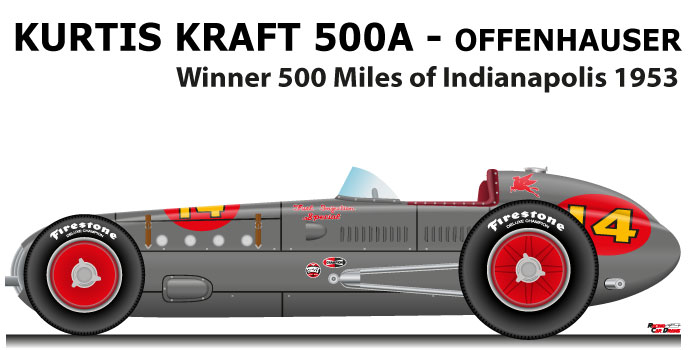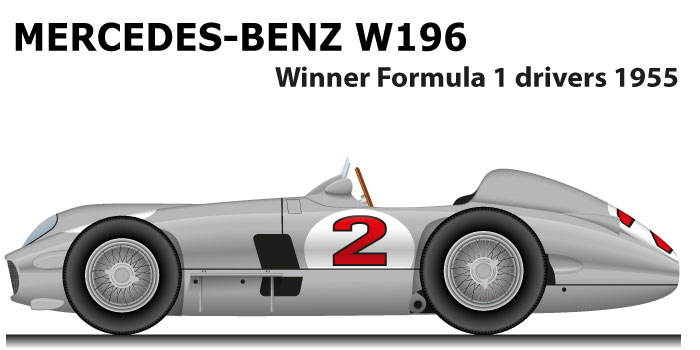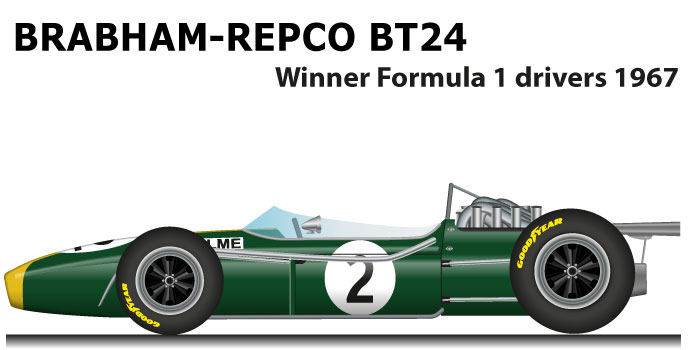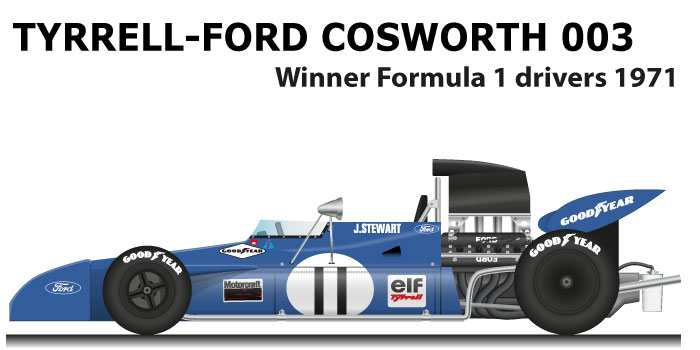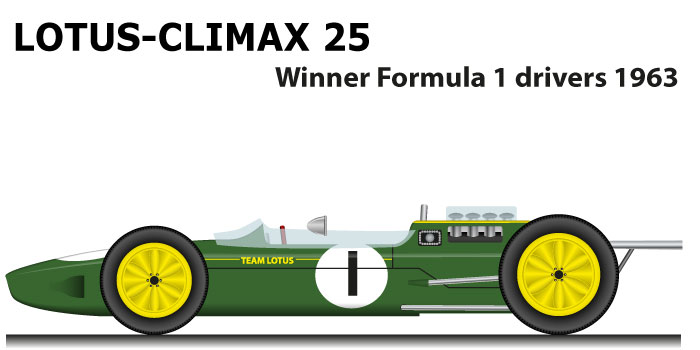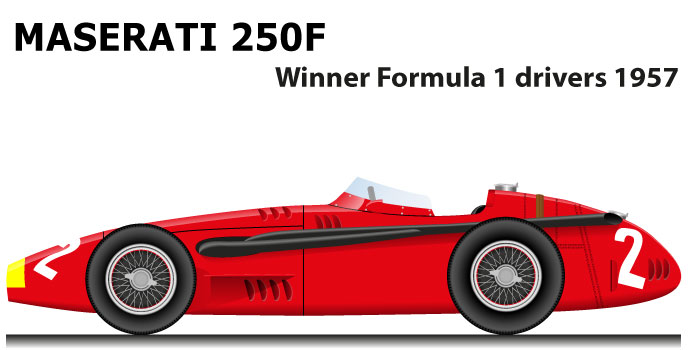TYRRELL – FORD COSWORTH 003
HISTORY
The Tyrrell Ford Cosworth 003 won the Formula 1 World Championship in 1971 with Jackie Stewart. The car designed by Derek Gardner debut at the Grand Prix of Spain in 1971 on the Montjuic circuit, Jackie Stewart, even though he qualified only in fourth place, managed to win against Jackie Ickx’s Ferrari despite the greater power of his engine.
The Tyrrell Ford Coswort 003 was a very agile car and in the rest of the season, it continued to evolve. In the Netherlands Gardner positioned an air intake over the pilot’s head, this was designed to take cold air and convey it to the engine increasing its power. In France, the Tyrrell Ford Cosworth 003 presented itself with a new front nose completely innovative in Formula One. The muzzle covered the entire front, deflecting the air directly on the front radiator or flowing on the top of the car instead of crossing the front suspension. This made it possible to position the entire car further down, increasing the aerodynamic load.
During the season Jackie Stewart won six grand prizes on the eleven of the season: Spain, Monaco, France, Great Britain, Germany and Canada. This allowed him to win the Formula 1 World Championship with an important gap on the runner-up Ronnie Peterson. For the Scottish rider it was the second world title after the 1968 one on the Matra, while for the Tyrrell it was the first world title and in the same year it also won the constructors thanks to the third place of Francois Cevert.
CHASSIS
Lotus 72D
aluminium monocoque with fully stressed engine
Length: ? mm
Width: ? mm
Height: ? mm
Brakes: ventilated discs, all round
Tyres: Goodyear
ENGINE
Ford Cosworth DFV 90° V8 2993 cc
Power: 336 kw
Drive Type: Rear wheel drive.
Transmission: Hewland FG 400 five speed Manual
Tank capacity: 75 litres
Fuel Type: Petrol
RESULT
Winner Formula 1 World Champion 1971 with driver Jackie Stewart
GP winner: GP of Spain 1971, GP of Monaco 1971, GP of France 1971, GP of Great Britain 1971, GP of Germany 1971, GP of Canada 1971

